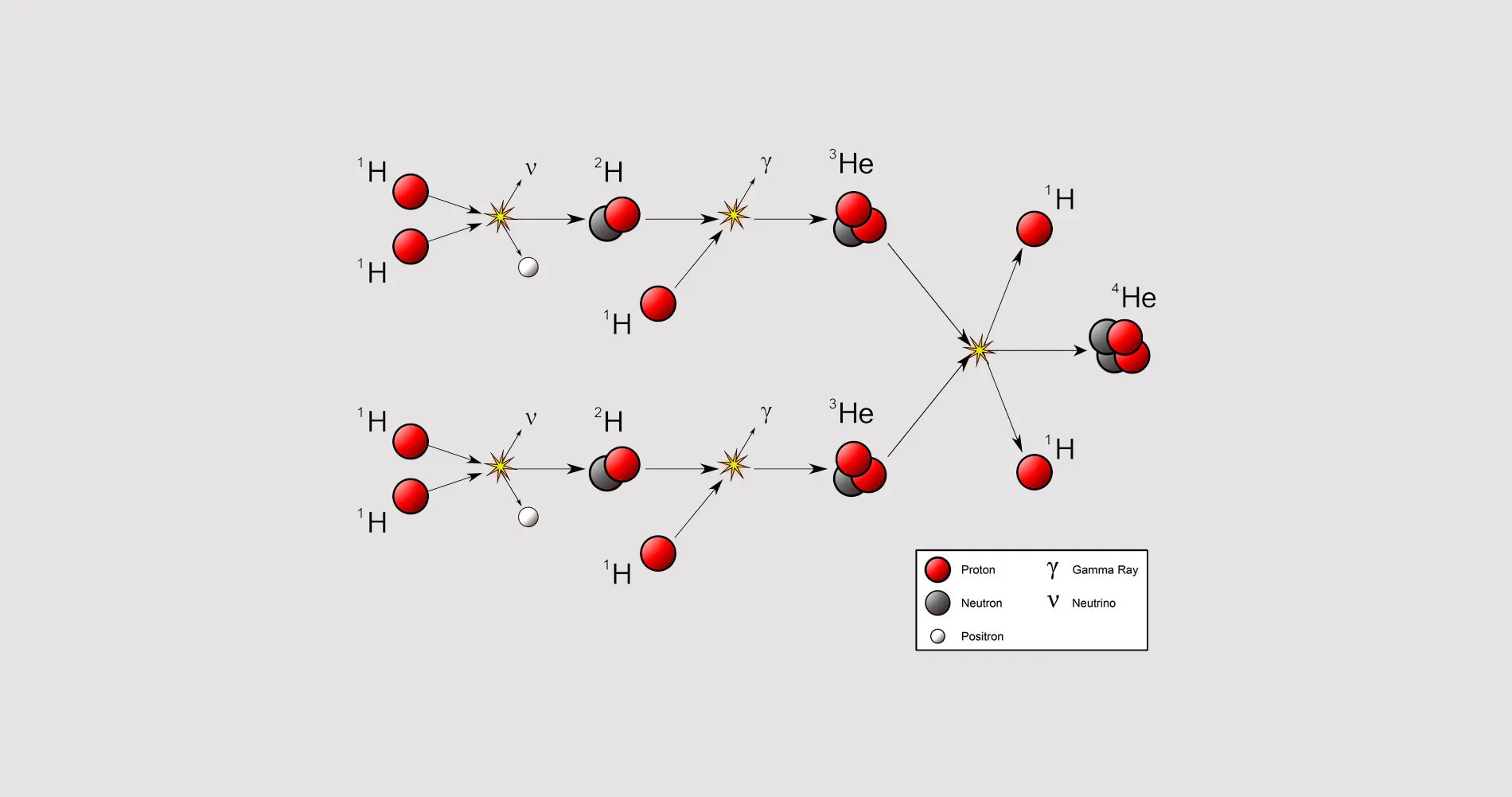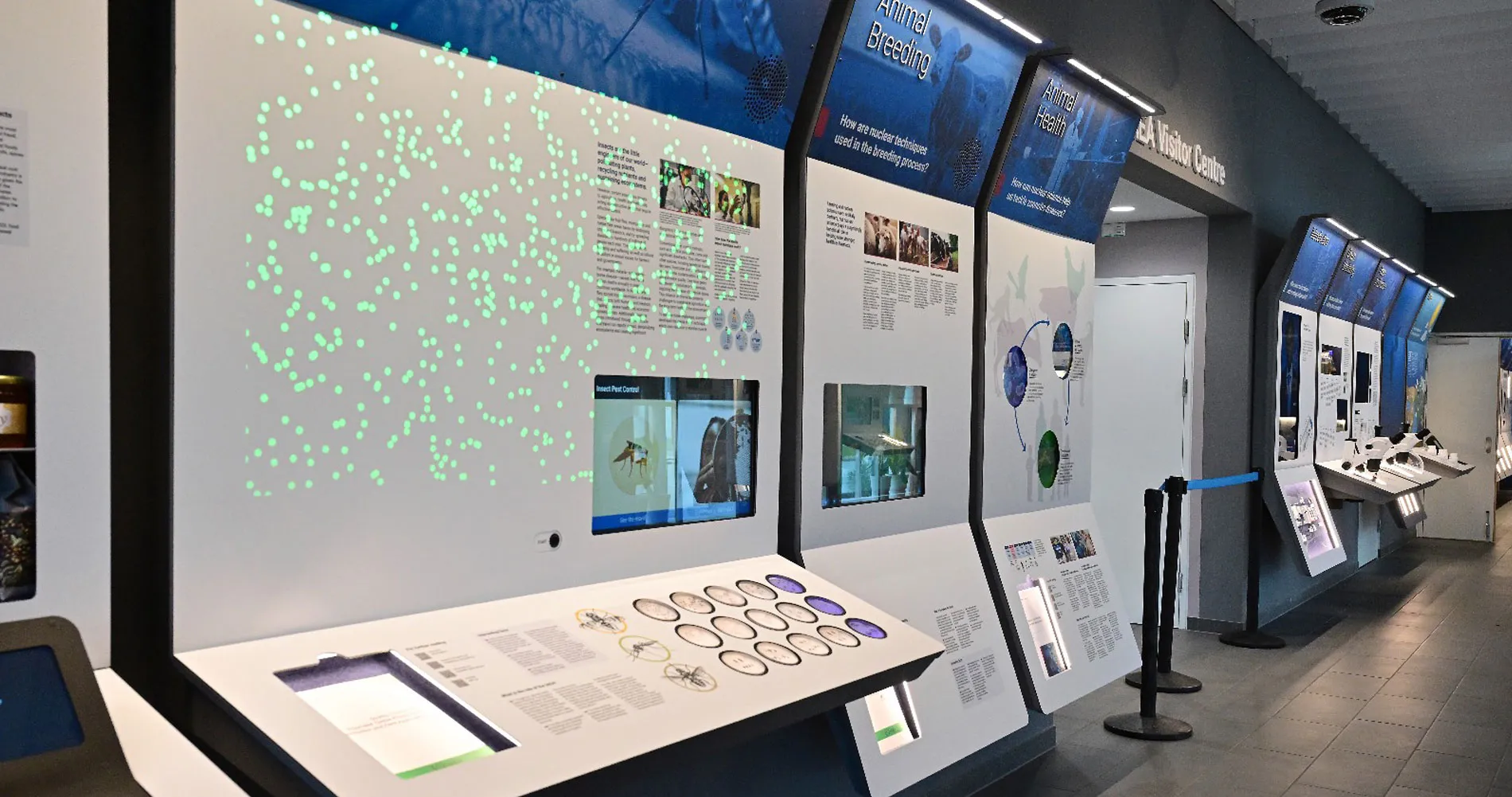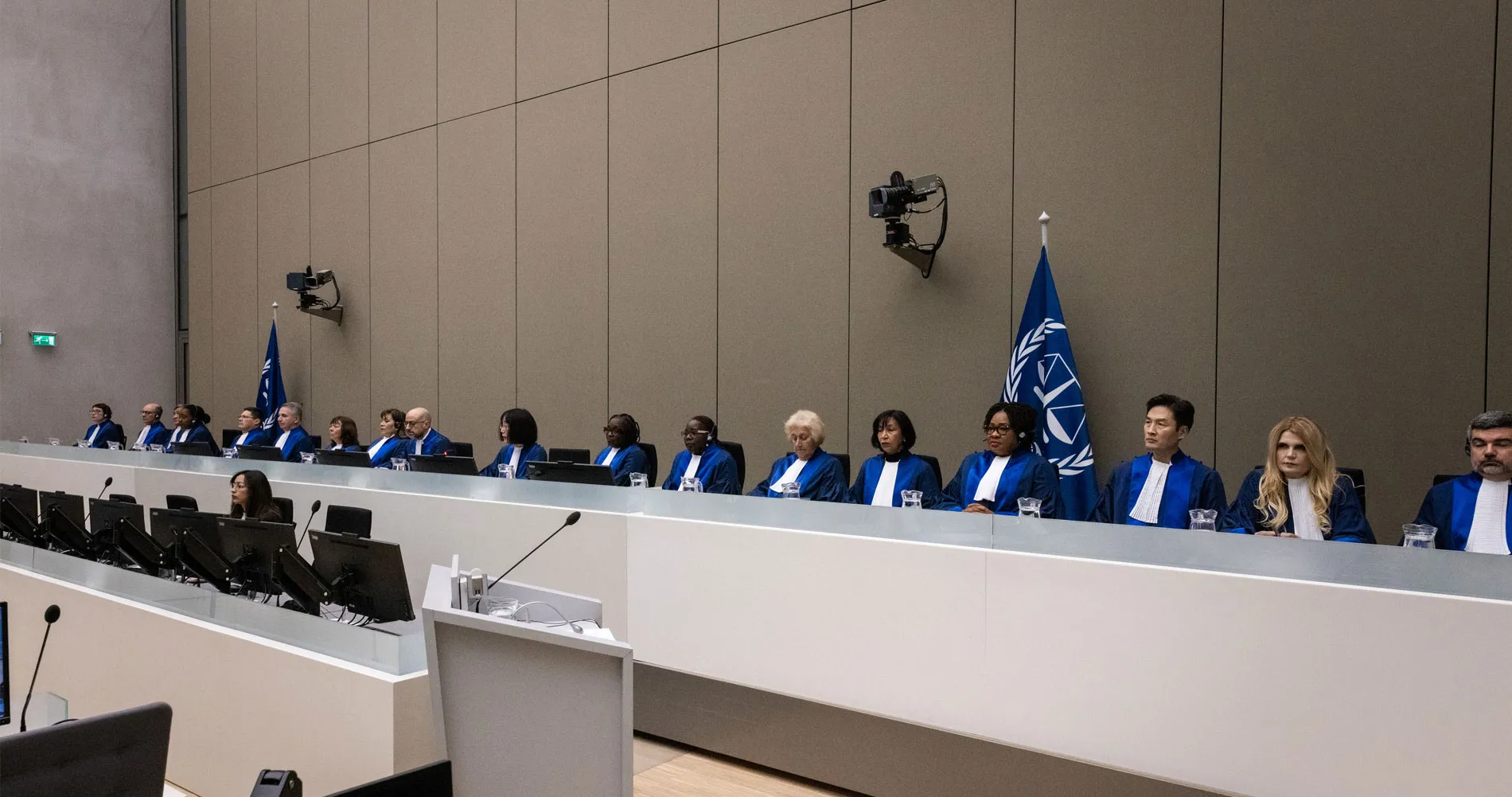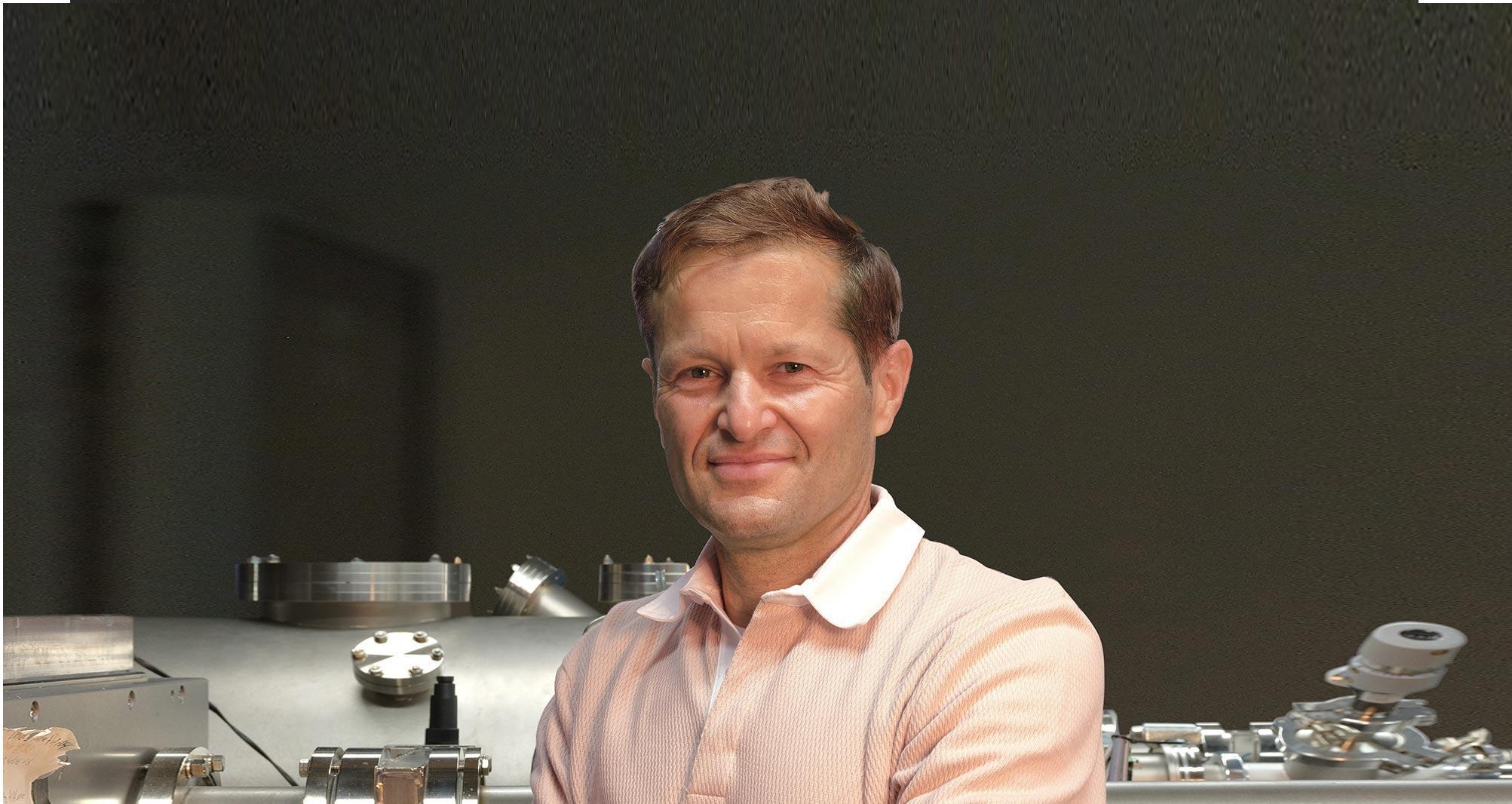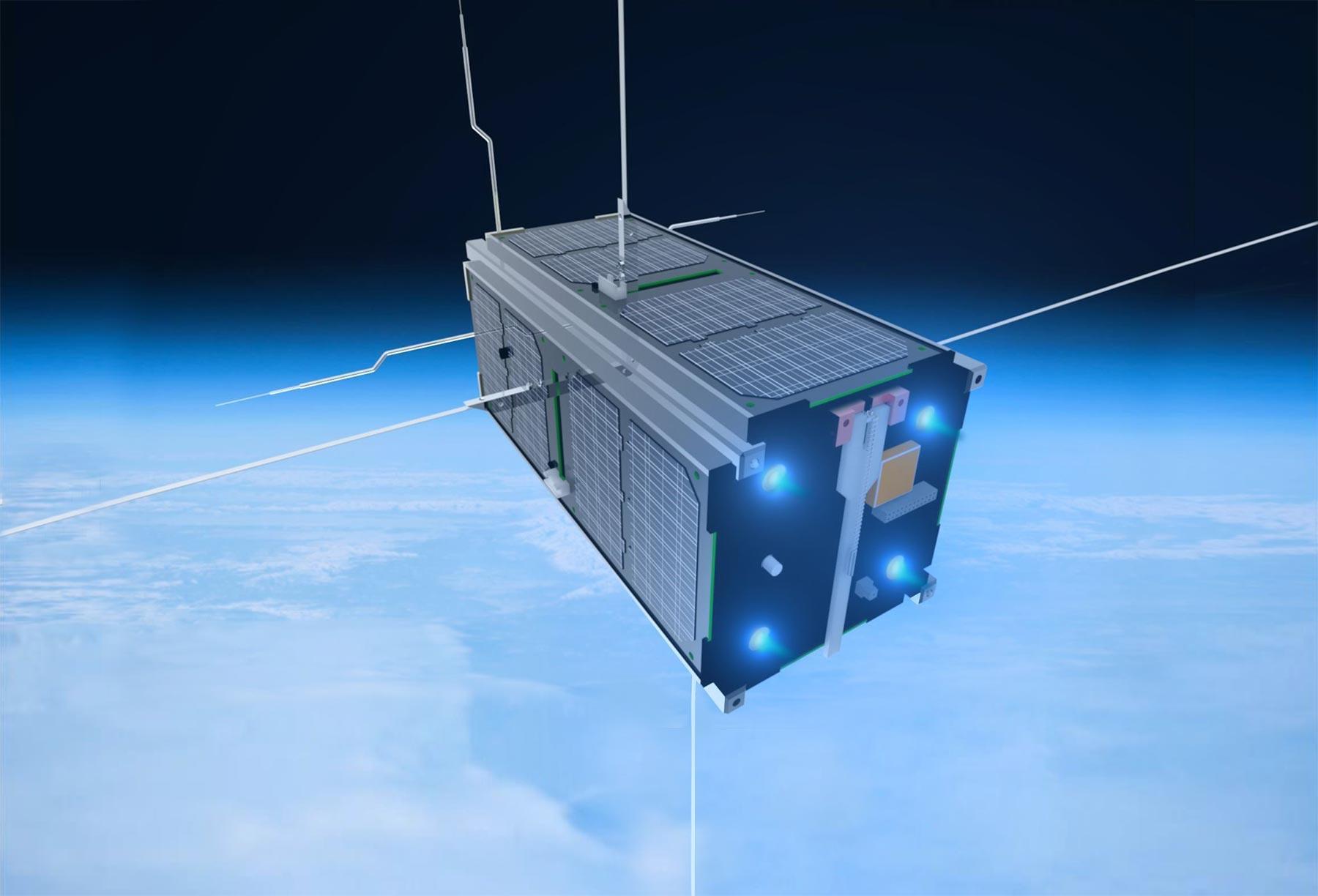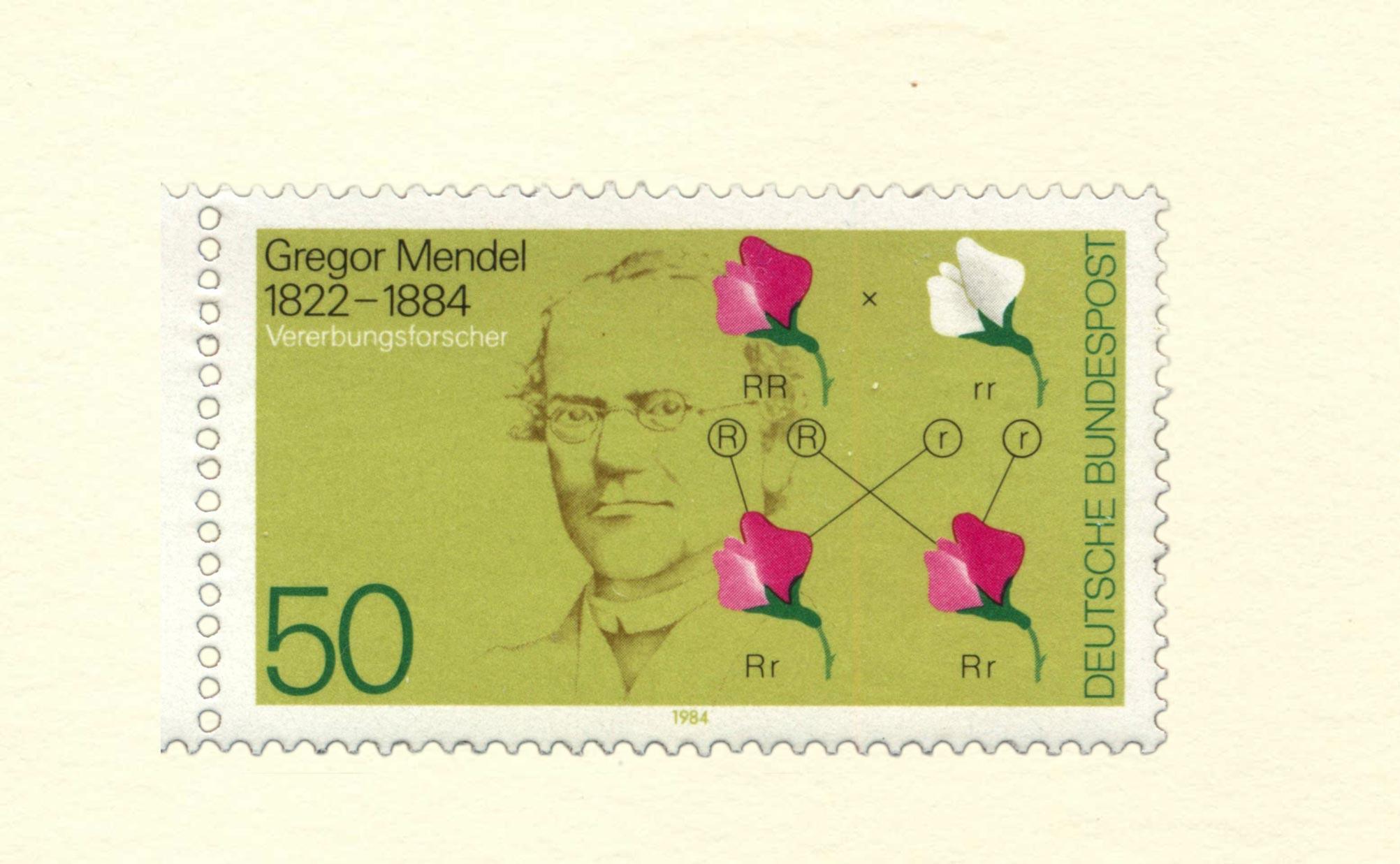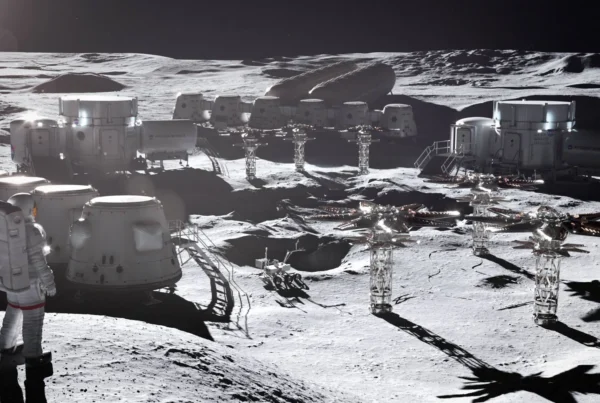The use of nuclear waste for energy production is emerging as a potential breakthrough in both waste management and sustainable energy generation. The technology involved in bombarding the waste with neutrons represents a method for extracting energy from spent nuclear fuel while drastically reducing its radioactivity and half-life. A new study by Germany’s Federal Agency for Disruptive Innovations (SPRIND) and operator TRANSMUTEX proposes a compelling pathway for using this technology at decommissioned German nuclear power plants. However, its practical implementation faces technological, economic, and regulatory hurdles, particularly related to the scrutiny and safeguards of the UN’s International Atomic Energy Agency.
Lukas Barcherini Peter
25 March 2025
Arabic version | Chinese version | French version | German version
Reducing the half-life and radioactivity of spent nuclear fuel and extracting usable heat energy from the process are the aims of a new study by Germany’s Federal Agency for Disruptive Innovations (SPRIND), in collaboration with Swiss facility operator TRANSMUTEX. The study proposes using Accelerator-Driven System (ADS) technology for nuclear transmutation, a process that bombards radioactive isotopes with neutrons, transmuting or transforming them into less hazardous new materials. The process strongly accelerates the decay of radioactive elements as the waste material, by absorbing a neutron, becomes more unstable and successively decays into two new elements. It has been proven that these new elements have far lower half-lives and radiotoxicity. Simultaneously, the heat generated from the accelerated decay can be harvested for other applications.
For example, the half-life of highly radiotoxic Plutonium-239 can be reduced from approximately 24 000 years to as low as 100 years. Similarly, Neptunium-237, with a half-life of roughly 2.1 million years, can be converted into elements with a half-life of around 1000 years. In both cases, the radiotoxicity is also reduced by a staggering 99–99.95%, as the resulting elements are far more stable. This also applies to the other waste products and their two more-stable elements that result from transmutation, also called product elements. Generally, unstable elements are those that are radioactive, as their natural decay emits alpha, beta, or gamma radiation.
Unlike conventional nuclear reactors, ADS technology operates using a particle accelerator that directs high-energy protons onto a target material, usually lead or bismuth. This interaction generates a cascade of neutrons, driving the transmutation reaction. Because ADS is subcritical and thus cannot sustain a chain reaction independently—unlike in a conventional nuclear reactor—it is considered inherently safer than traditional nuclear power plants (NPPs). If the neutron source is switched off, the reaction and heat generation stop immediately, preventing meltdown risks.
The transmutation process produces significant decay heat of around 100°C (212°F) which, in principle, is ideal for heating applications but insufficient for electricity generation. ADS technology could offer a promising approach specifically for district heating, with the SPRIND study proposing its deployment at decommissioned German NPP sites, utilizing existing transmission lines, cooling systems and security measures while reducing initial costs by about 30%.
The study estimates that ADS could provide cost-competitive heat at €25–40/MWh, making it a viable alternative to fossil-fuel heating. For reference, a German household consumes between 0.13 and 0.15 MWh of heat energy per square meter per year. While the study does not specify the number of households that could be supplied, it notes that each unit of energy input yields up to three units of heat.
Yet, the high upfront costs of €1–7 billion per plant present a significant initial challenge. While ADS heat pricing might become competitive, energy sales alone are not the primary revenue source. The financial success of the technology—and its economically competitive heat energy—depends on the extraction and sale of rare product elements from transmutation. These materials are currently crucial for high-tech industries as well as for cancer treatment and research. Despite the uncertainty of rare element prices, the study indicates that under stable market conditions for these elements, ADS district heating could establish itself as a viable replacement for conventional heating.
Usable heat from ADS technology supports decarbonization efforts. Harnessing energy through the elimination of radioactive waste is an additional benefit of a process that can remedy the intergenerational waste burden. If today’s societies continue to rely on conventional nuclear power, ADS might become a key technology to ease the dilemma of spent fuel storage and waste management that classic NPPs entail.
The basic concept of ADS is not entirely new. First proposed and experimentally validated by Nobel laureate Carlo Rubbia in the 1990s, his pioneering work laid the foundation for further research and development of the technology. Since then, institutions such as CERN in Switzerland and China’s Institute of High Energy Physics have worked to advance the industrial feasibility of ADS technology.
While ADS technology has been successfully and frequently demonstrated on a laboratory scale, transitioning to industrial-scale deployment presents significant hurdles. Germany’s Federal Office for the Safety of Nuclear Waste Management (BASE), along with TÜV Nord, have raised concerns regarding the economic feasibility of upscaling ADS for widespread use. The major issue lies in the neutron accelerator itself, which has never been built or tested at an industrial level for continuous, high-power operation. Also unresolved is the issue of long-term material stability under constant neutron bombardment, as well as the challenge of producing the vast number of neutrons currently required for large-scale transmutation.
Regulatory challenges are also a major impediment to ADS adoption. The IAEA enforces strict oversight on technologies involving “Proliferation-Sensitive Nuclear Materials” (PSNMs), such as Plutonium-239 and Uranium-233. These two elements, in particular, are especially vital for the production of nuclear warheads.
Under global nuclear non-proliferation agreements, using nuclear waste for energy requires continuous monitoring, material tracking and inspections. Additionally, regional bodies such as EURATOM add further regulatory layers, complicating deployment.
While ADS reactors are inherently safer than conventional NPPs owing to their subcritical nature, they produce PSNMs directly—unlike traditional reactors where such materials only form as byproducts and constitute only a fraction of the total material used. Processing and working with high concentrations and quantities of PSNMs in ADS raise proliferation concerns, especially given Plutonium-239’s and Uranium-233’s low critical mass—the minimum amount necessary to sustain a fission reaction.
Consequently, ADS faces more stringent IAEA safeguards, requiring rigorous tracking, reporting, and compliance. Unlike conventional NPPs that use only moderately enriched fissile material, ADS involves significantly higher concentrations, necessitating strict control and misuse prevention throughout the transmutation process. This may lead to increased regulatory costs and potential deployment delays.
The transition from laboratory-scale experiments to industrial implementation of ADS will require overcoming substantial technical and regulatory barriers. The next critical phase will be independent peer reviews of the SPRIND study, ensuring that claims of feasibility, economic viability and safety withstand rigorous scrutiny from the scientific community.
These evaluations will play a decisive role in determining whether ADS can truly emerge as a transformative technology—or if its challenges outweigh its benefits.


